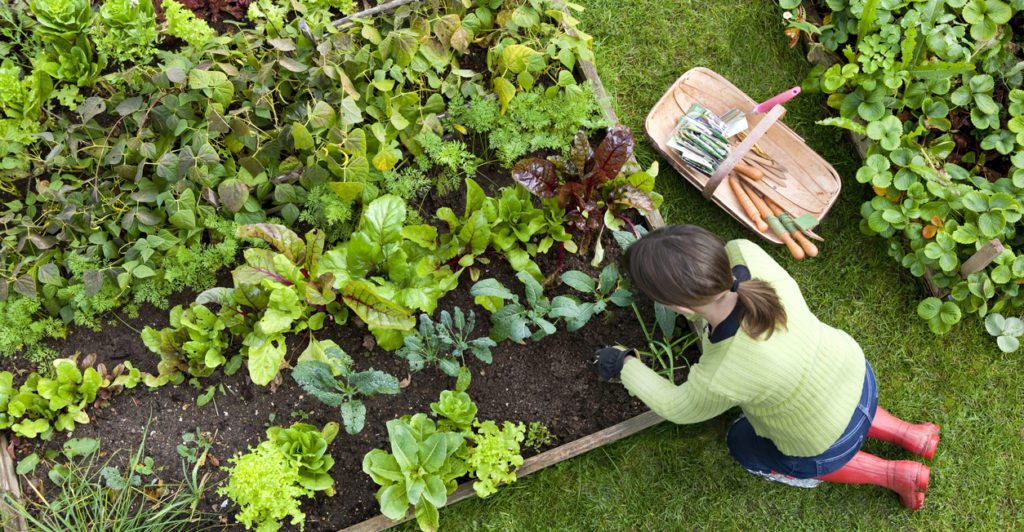The key to having fresh, flavoursome vegetables lies in the careful planning of your garden. Prioritising the position and arrangement of your garden ensures your plants will stay healthy and produce quality vegetables.
Follow these steps for a vibrant, fruitful garden.
1. Selection Process
Make sure you choose vegetables that will thrive in your climatic conditions. Research the crops which will work best in your location to ensure you maximise your harvest and avoid disease.
2. Planting Time
Planting vegetables at the right time of the year is vital for their survival and success. Some vegetables are only active during certain seasons, such as tomatoes which need the full spring and summer seasons to grow properly.
The best plants to grow during the New Zealand and Australian summer include celery, beans, broccoli, asparagus, eggplant, parsnip and courgettes.
3. Pay Attention To Position
Choose an open area that gets full sunlight for several hours a day, ideally with a north or north easterley aspect. If you have an area with partial shade, plant leafy green vegetables such as lettuce, spinach, chard and kale.
4. Garden Layout
Planting your most frequently-used vegetables and herbs nearest to your kitchen increases ease of access for harvesting, watering and upkeep.
Maximise the use of vertical spaces such as walls and railings by growing pots of climbing beans and peas, cucumbers and passionfruits.
Longer-term vegetables including potatoes and artichokes are best planted further away from your house, as they require little attention during their long growing months.
5. Crop Rotation
Vegetables from the same plant family share susceptibility to many of the same pests and diseases, so avoid planting them immediately next to one another.
Alternating plant types will reduce losses and eliminate the need for harsh chemical pesticides.
6. Weed Control
Plan your garden in a way to reduce the possibility of weeds, as these can harbour pests and diseases. Try to have a mixture of vegetables so that there is always something growing. This will prevent weeds from appearing by default.







